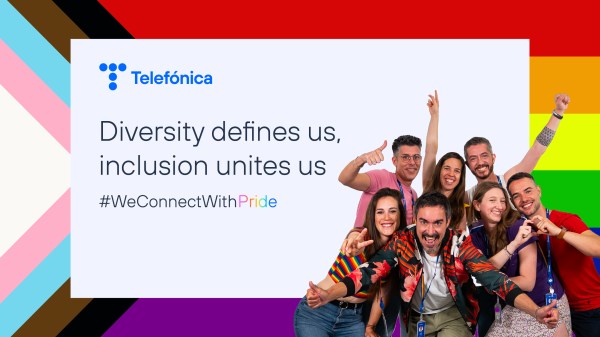Challenges in labour market integration
People with disabilities often face significant barriers when seeking employment. These barriers can take the form of prejudice, lack of accessibility in the work environment and lack of knowledge about how to accommodate the specific needs of each individual. Overcoming these challenges involves not only changing attitudes, but also adapting workplaces to ensure equal opportunities.
Benefits for society and business
Workplace integration is not only an altruistic act, but also brings tangible benefits for society and companies. Diversity in the workplace not only enhances corporate culture, but also drives creativity and innovation. People with disabilities bring unique perspectives and valuable skills that can strengthen any team.
Breaking stereotypes and changing mentalities
Challenging and changing the stereotypes surrounding people with disabilities is essential for successful integration in the workplace. Employers and colleagues need to understand that disability does not define an individual, but is only a part of their identity. Education and awareness-raising are powerful tools to transform society’s mindset and build a more inclusive work environment.
Accessibility and adaptation in the workplace
Accessibility in the workplace is a key component of workplace integration. From physical facilities to adaptive technologies, companies must be committed to creating environments that enable people with disabilities to perform to the best of their abilities. This means not only meeting legal requirements, but going beyond that to ensure a truly inclusive environment.
Successful initiatives and best practices
As awareness of the importance of workplace inclusion grows, a number of initiatives and best practices are emerging around the world. From training programmes to inclusive hiring policies, companies are leading the way towards a more equitable and accessible working future.
Personal conclusions
Workplace integration for people with disabilities is not only a moral imperative, but also a smart strategy for building stronger and more resilient societies and businesses. By breaking down the barriers that have historically limited opportunities for people with disabilities, we are not only building a more inclusive future, but also harnessing the talent and diversity that will enrich our communities and workplaces.
Ultimately, the true measure of a just and progressive society is reflected in how it treats its most vulnerable members. Workplace integration for people with disabilities is an essential step in the right direction, towards a world where equal opportunities and inclusion are the norm, not the exception.
“Looking at home”, it is worth highlighting the work that Telefónica began in 2022, acquiring the commitment to double the number of employees with some type of functional diversity by 2024. Actions such as this make us one of the most inclusive companies.








